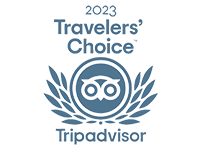One Day To Visit The Temple Of Literature Hanoi Viet Nam
.png)
The Temple of Literature Hanoi Vietnam, cultural and historical symbol of the capital. Let's explore a day visit to this temple literature in Hanoi when traveling to Vietnam with Autour Asia, Hanoi travel agency.
Table of Contents
I. Introduction about the Temple of literature
1. Location
- Address: No. 58 Van Mieu Ward, Dong Da District, Hanoi
- Google map: https://maps.app.goo.gl/ysLUTykzq89wpYTi6
- Website: http://vanmieu.d.webcom.vn/en
- Phone number +8443 845 2917
- Email: info@vanmieu.vn
Tucked away in Hanoi's heart, south of the Imperial Citadel, sits the Temple of Literature, a sanctuary of red-tiled roofs and tranquil gardens. Once Vietnam's first national university, this UNESCO gem whispers tales of emperors and scholars, beckoning travelers to step back in time and discover the soul of Vietnamese learning.
2. The way to get to the Temple of Literature
Located in a prime location at the intersection of 3 central streets of Dong Da district: Nguyen Thai Hoc, Ton Duc Thang, Văn Miếu, about 2 - 3 km from Hoan Kiem Lake. Therefore, visitors can easily move to the Temple of Literature in the following ways:
a. By Bus
Public transportation is a budget-friendly option, and several buses connect you to the temple. Hop on routes 02, 23, 38, 25, or 41 and alight at the nearest stop. A short walk will take you to the entrance.
b. By Taxi or Motorbike Taxi
If you prefer a quicker and more convenient journey, taxis and motorbike taxis are readily available throughout Hanoi. Simply flag down a taxi or use a ride-hailing app like Grab to reach the temple in style.
c. By Double-Decker Bus
For a unique sightseeing experience, take a ride on Hanoi's double-decker bus. This relatively new addition to the city's transportation network offers panoramic views as you journey towards the temple and other iconic landmarks.
3. The opening hours & the entrance ticket
Temple of Literature opening hours: every day.
- In summer ( From April to October): 07:30-17:30
- In winter (From October to April): 08:00-17:00
Entrance fee
- Adults: 30,000 VND (~US$ 1.3) for Vietnamese and foreigners
- Students: 15,000 VND (~US$ 0.7) (vietnamese student card required)
- Children under 15: Free
II. The history of this Temple of Literature
Established in August 1070 during King Ly Thanh Tong's reign, the temple literature hanoi served as a site for honoring Confucian saints and functioned as the inaugural royal academy, instructing princes. The initial pupil, Prince Ly Can Duc, later known as King Ly Nhan Tong, was the first attendee. In 1076, King Ly Nhan Tong, upon ascending the throne, established a teaching institution adjacent to Van Mieu. This exclusive academy, named Quoc Tu Giam, catered solely to noble offspring.

Under King Tran Thai Tong in 1253, Quoc Tu Giam expanded its admissions, welcoming exceptional commoner children. During King Tran Minh Tong's rule (1300-1357), Chu Van An assumed the role of Quoc Tu Giam Tu Nghiep, akin to a modern-day principal. His responsibilities included overseeing all aspects of Quoc Tu Giam and personally instructing Prince Tran Vuong. In 1484, King Le Thanh Tong initiated examinations and erected steles to commemorate successful doctoral candidates. Subsequently, during the Nguyen era, the Quoc Tu Giam School was established in Hue, while the hanoi temple of literature endured to the present day.
III. What to visit in the Temple of Literature?
One day to visit temple literature hanoi promises not to disappoint you. You will be overwhelmed by its architecture. This is a harmonious combination of Vietnamese and Chinese styles, reflecting centuries of cultural exchange and development with many areas to visit.
1. Giam Lake
Glistening like a jade mirror before the majestic gates of the Temple of Literature, Giam Lake (also known as Literature Lake or Minh Duong Lake) is an integral part of Hanoi's historical and cultural tapestry. Its glassy surface reflects the ancient architecture of the temple, creating a picture of serene beauty. In the past, students from the Imperial Academy, Vietnam's first national university, would gather by the lake's edge, seeking inspiration for their poems and essays, their reflections mingling with the dancing lotus flowers. Today, Giam Lake continues to be a haven for reflection and learning, offering visitors a glimpse into the intellectual heart of Hanoi's past.
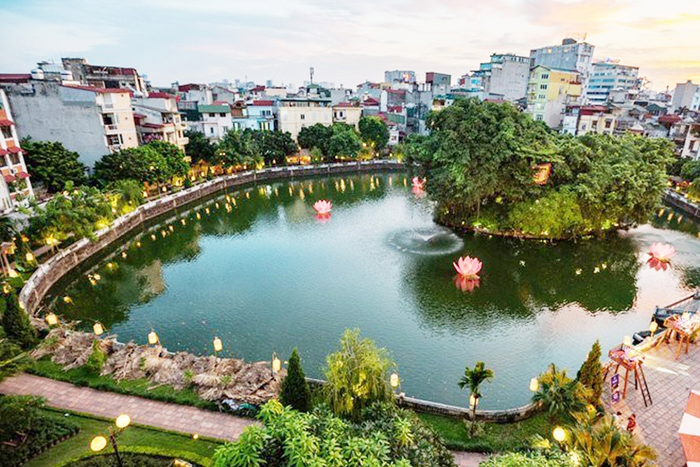
2. The Gate of Temple of Literature
Standing tall and proud at the entrance to the historic temple of literature in Hanoi complex in Hanoi, the gate of the temple of literature, serves as a grand introduction to Vietnam's rich cultural heritage. This majestic two-story structure, adorned with intricate carvings and topped with a tiled roof, boasts three archways, each symbolizing different aspects of learning. The central arch, the largest and most ornate, was traditionally reserved for the emperor, while the side arches welcomed scholars and officials. Stepping through the gate is like stepping back in time, transporting you to an era where education was revered and knowledge was power.

3. The Great Middle Gate
The Great Middle Gate commands attention as it stands proudly, marking the entrance to the second courtyard. This awe-inspiring structure, dating back to the 15th-17th centuries from the Le Dynasty, showcases the distinctive Vietnamese architectural style. Comprised of sturdy red brick, it features three arched doorways upheld by robust wooden pillars. Its crowning glory is a splendid tiled roof, elegantly curved to resemble the flowing lines of a traditional shoe, symbolizing progress and growth. More than a mere physical barrier, the Great Middle Gate embodies the profound journey of students who pass through it, encapsulating the transformative pursuit of knowledge and advancement within the revered grounds of the temple literature hanoi.
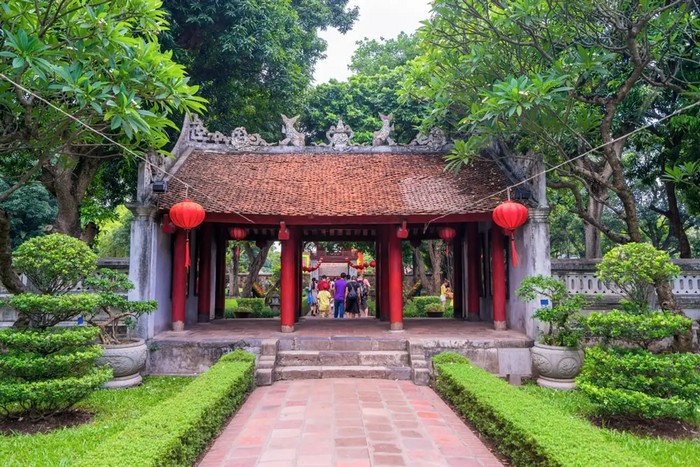
4. The Pavilion of Constellation
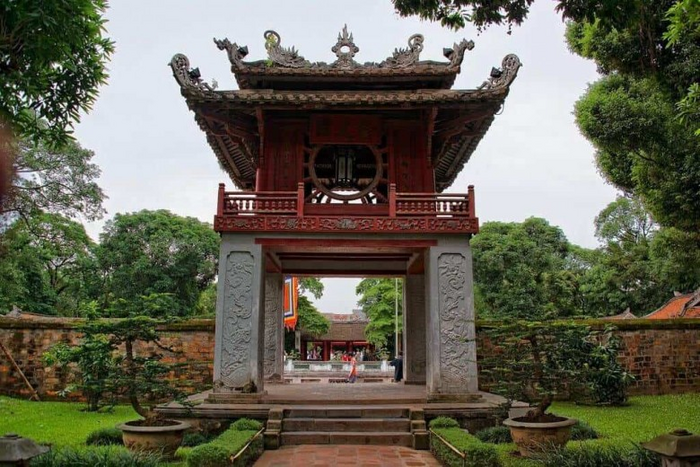
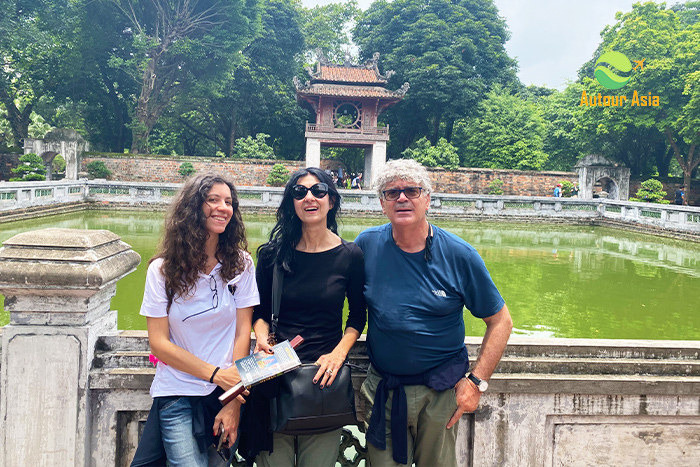
5. The Well of Heavenly Clarity & 82 Stelae of Doctors
Entering the Temple Literature in Hanoi, you will be greeted by a peaceful courtyard where the Well of Heaven is located. This well, named because its clear water is said to inspire wisdom, symbolizes the temple's heart, symbolizing the purity and knowledge sought by scholars. Along its edge are 82 stone steles, called Doctor Steles, each mounted on the back of a giant stone turtle. These steles engraved with the names and achievements of Vietnam's most senior scholars from the 15th to the 18th centuries, are a testament to the nation's long tradition of valuing education and intellectual pursuits. Imagine the quiet pride of a scholar when they see their names forever engraved on these steles, their contributions to Vietnamese history immortalized in stone.


6. Attained Talent Gate & House of Ceremonies
Like The Great Middle Gate, Attained Talent Gate also has 3 compartments with a row of columns in the middle and two rows of columns on the front and back porch. Stepping through the gate, visitors will come to a vast courtyard paved with Bat Trang tiles leading to the middle area of the Quoc Tu Giam relic, which is the House of Ceremonies worship area. This area consists of 9 rooms but only 2 gable walls on both sides while the front and back are blank. This is the place where ceremonies were held during the spring and autumn sacrifices in ancient times. In House of Ceremonies, only the middle space has an incense burner, the rest of the rooms are empty.

7. Thai Hoc House
Thai Hoc House, is a part of the Temple of Literature Hanoi Vietnam, dedicated to the memory of educator and scholar Chu Van An (1292-1370) who was a prominent figure in Vietnamese education during the Tran Dynasty, and his teachings emphasized Confucian values such as filial piety, loyalty, and respect for learning. The Thai Hoc House includes a statue of Chu Văn An, as well as a house that is said to have been his residence. The house is now a museum that exhibits artifacts related to Chu Van An's life and work. The part is a popular destination for Vietnamese students, who come to pay their respects to this educator and to seek inspiration for their own studies. Thai Hoc House is also a popular tourist place as it provides visitors with a glimpse into Vietnamese education and culture.

IV. What to do in temple literature hanoi?
1. Experience the art of calligraphy
Immerse yourself in the ancient art of calligraphy at Hanoi's Temple of Literature. Watch as skilled artisans transform charcoal sticks into delicate strokes, breathing life into traditional Vietnamese characters. The rhythmic scratching against the paper, the focused expressions of the calligraphers, and the intricate symbols dancing across the page create a mesmerizing scene. Learn the basics of this time-honored art form yourself, dipping your brush into ink and attempting to capture the graceful flow of Vietnamese script. With each stroke, you'll connect with the cultural heritage of Vietnam and leave with a unique souvenir of your Temple of Literature experience.
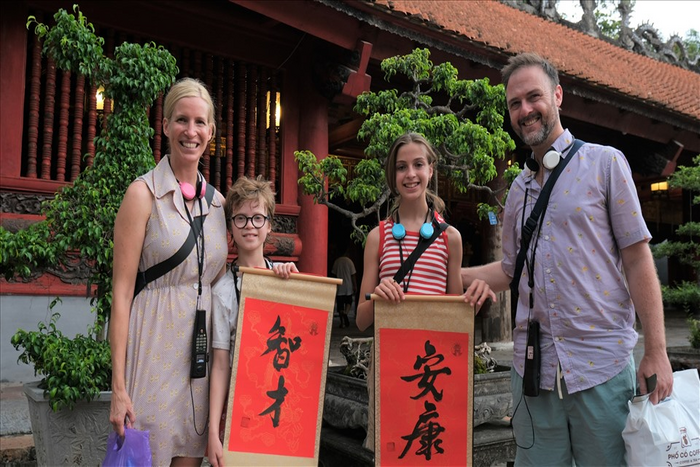
2. Enjoy the art exhibitions
Beyond the ancient halls and serene gardens, the hanoi temple of literature offers fascinating glimpses into Vietnam's past through its treasure trove of exhibitions. Immerse yourself in the world of scholars with displays of antique calligraphy tools and delicate ink paintings. Uncover the secrets of imperial examinations at the Khue Van Cac Pavilion, where exhibits recreate the atmosphere of these rigorous tests. Travel through time with photographs chronicling the temple's evolution and discover the stories of the brilliant minds who shaped Vietnam's intellectual landscape. Each exhibition is a portal to a different chapter of Vietnamese history, waiting to be explored and understood. So, step into the temple's vibrant past and let its exhibitions enrich your journey through Hanoi.
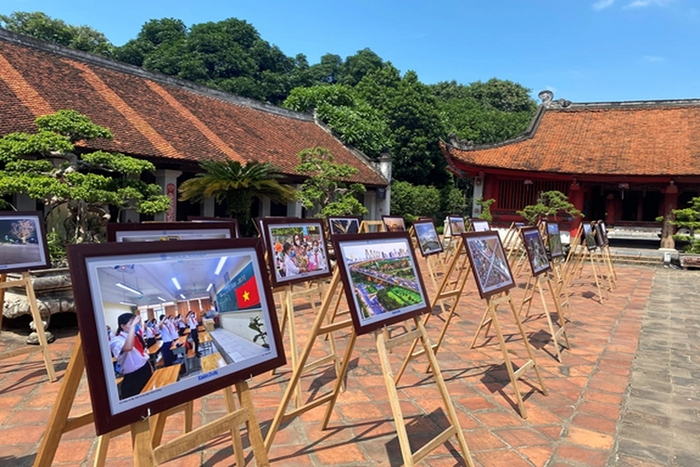
3. Experience a night tour at the Temple of Literature
As dusk settles over Hanoi, the Temple of Literature transforms into a magical realm. Bathed in the soft glow of lanterns, its ancient halls whisper tales of emperors and scholars under the starlit sky. Immerse yourself in a symphony of light and sound, as 3D projections dance across the walls, bringing historical figures to life. Witness traditional performances of Nhã nhạc (court music) and Huế court dances, their graceful movements echoing through the serene courtyards. Stroll through the moonlit gardens, where ancient stelae stand guard, their inscriptions gleaming under the moonlight. The night tour is open from 19:20 to 22:30 on Wednesdays, Saturdays, and Sundays. This is not just a tour; it's a journey through time, a chance to experience the temple of literature in Hanoi in a whole new light. So, come, let the enchanting night reveal the secrets of Vietnam's first university and leave you with memories that will illuminate your soul.
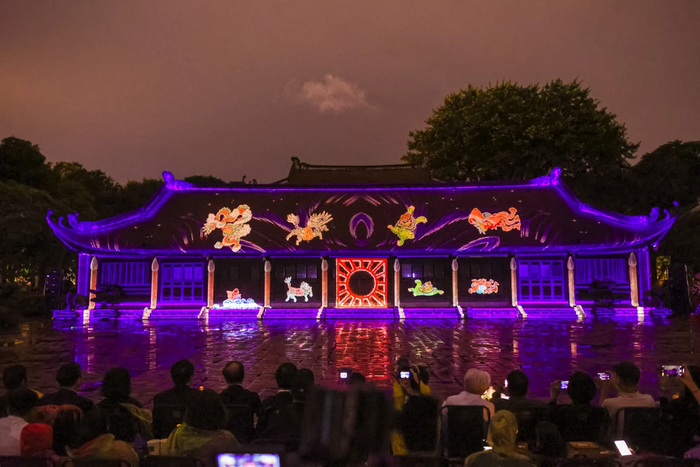
V. Useful tips for your visit to the Temple of Literature
- Dress modestly: Shorts and tank tops are not allowed, so dress respectfully as this is a religious site.
- Take your time: The temple is a beautiful place to wander around and soak up the atmosphere. Don't forget to take in the architecture, the gardens, and the ponds.
- Do not smoke or carry flammable and explosive materials on the premises of the Temple of Literature.
- Respect the relics: Do not write or draw, sit up, or touch the heads of turtles, Doctor Steles, and other exhibits, don't do superstitious activities, cheat, gambling in the Temple of Literature
- Combine with other attractions: Combine a museum visit with other Vietnamese cultural destinations such as Ho Chi Minh Mausoleum, Imperial Citadel of Thăng Long, Flag Tower of Hanoi, Hanoi Old Quarter,... to fully explore your Hanoi.
The Temple of Literature Hanoi Vietnam is a destination that makes your trip to Hanoi more exciting and memorable. Autour Asia believes that with the valuable information we share, you can be ready for your trip to Vietnam. May your journey be filled with wonder, understanding, and a newfound appreciation for the rich tapestry of Vietnamese culture.
>>> Hanoi Travel Guide
>>> 15 day Vietnam itinerary
>>> Thailand Vietnam Cambodia itinerary 3 weeks
Related travel guide
Other similar articles
CUSTOMIZABLE BY LOCAL EXPERTS
Personalized trip at the original price!
REFUND GUARANTEE
We believe in our work and promise to give you money back.
GOOD PRICE / QUALITY
95% satisfied more than expected!
24/7 LOCAL SUPPORT
We are always available online to provide assistance at any time.
Most read articles
Autour Asia is highly recommended on
Embracing the mission of "Satisfied more than expected" and providing authentic experiences, we have received numerous recommendations on reputable travel forums:






















